|
|
|
|
|
Sr. No.
|
Classification
|
Red Bricks
|
AAC BLOCKS
|
| 1 |
IDENTIFICATION BY COLOR |
You can Identify by Red in colour. |
AAC blocks colour is in Gray Color. |
| 2 |
RAW MATERIALS FOR MAKING |
The main raw material for making red bricks is Natural Soil. |
Fly Ash is the main ingredient for making AAC blocks. |
| 3 |
PRODUCT TYPE |
Red Brick is not a Green Product, Because Red bricks are made from the natural top layer of soil, which is a big loss of our Environmental. It also reduces the top layer of fertile soil which helps in the growing of crops. |
AAC Blocks is a green product Because AAC blocks are made from fly ash which is a waste product from the thermal power plant and it’s non-toxic material which is not harmful to the natural Environmental. We can recycle the waste product again and again. |
| 4 |
EARTHQUAKE RESISTANCE |
Red Brick increases the dead load of the main structure. And it’s less stable as compared to AAC Blocks during the earthquake. |
AAC Blocks reduce the dead load of the main structure. And it’s more stable as compared to Red Bricks during earthquake time. |
| 5 |
FIRE RESISTANCE |
Red Bricks is a less Fire resistance as per PCA (Portland Cement Association) |
AAC Blocks is more fire resistant as compared to Red bricks as per PCA (Portland Cement Association) Experimental. |
| 6 |
WATER ABSORPTION |
Red Bricks is Absorb more water, but not more than 20 % if the brick quality is not poor. |
AAC Blocks is Absorb less water as compared to Red Bricks, It varies Between 5-10 %, But Not more than 10% by it’s own weight. |
| 7 |
SOUND INSULATION |
Red Bricks not have any properties for sound Insulation. By Technically you can say 50-60db for 230mm thick wall. |
AAC Blocks have sound insulation properties. It acts as a Soundproof barrier. Technically we saY 40-45db for 200mm thick wall. |
| 8 |
MOISTURE RESISTANCE |
The moisture resistance of Red brick is less as compared to AAC Blocks. |
AAC Blocks Moisture Resistance is better than Red Bricks. |
| 9 |
Thermal Conductivity |
K value = 0.16 W/mk |
K value = 0.81 W/mk |
| 10 |
DENSITY |
Red Bricks Density is 1600-1922 kg/Cum, It’s Depends upon the Quality of the bricks. |
AAC blocks Density is varies between 450 – 950 kg/ Cum. |
| 11 |
COMPRESSIVE STRENGTH |
Red Brick Compressive Strength is 2.5 – 3 N/mm2 |
ACC Blocks Compressive Strength is 3 – 5 N/mm2 (IS 2185, Part-3) |
| 12 |
ECONOMICAL |
Using Red Bricks at the site it’s costly as compared to AAC blocks |
AAC Block at the construction site is cheaper. |
| 13 |
SPEED OF CONSTRUCTION |
Comparatively lower as compared to AAC Blocks wall. Due to lots of joints, Small size, improper size and shape. |
Very high due to bigger size, lightweight, which results in faster construction, saving on labour and jointing mortar due to elimination of Vertical Joints. |
| 14 |
MORTAR CONSUMPTION |
Red Brick Mortar Consumption per Cum with 1:6 Ratio, we need Approx 1.4 Bags of cement. |
Mortar Consumption per Cum with 1:6 Ratio, we need Approx 0.5 Bags of cement. |
| 15 |
QUALITY & DURABILITY |
Normally varies |
Uniform and Finished product. |
| 16 |
WATER USAGE DURING CONSTRUCTION |
High, Need curing before using this Red Bricks |
Low, needs only surface wetting before using these AAC Blocks. |
| 17 |
WASTAGE DUE TO USING |
Approximate 8-10%. |
Maximum waste during construction is 1-5%. |
| 18 |
PRECISION IN SIZE |
5 – 10 mm ± Variation in size and shape. |
1.5-2 mm ± Variation in size and shape. |
| 19 |
SIZE |
Generally 190 mm X 90 mm X 90 mm |
625/600 mm X 240/200 mm X 75-300 mm |
| 20 |
LABOUR OUTPUT |
More due to small size, shape, lots of joints |
Very less as compared to Red bricks. |
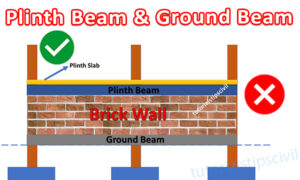





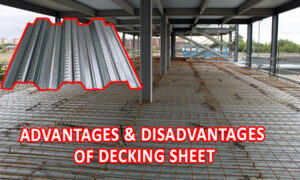
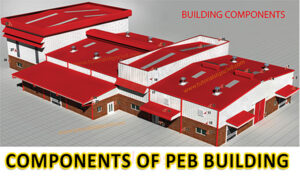





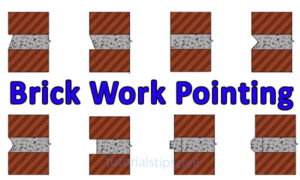






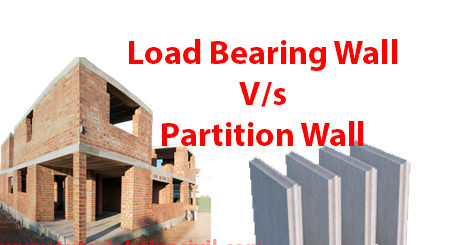

Interesting comparison lots of information .Thanks for sharing